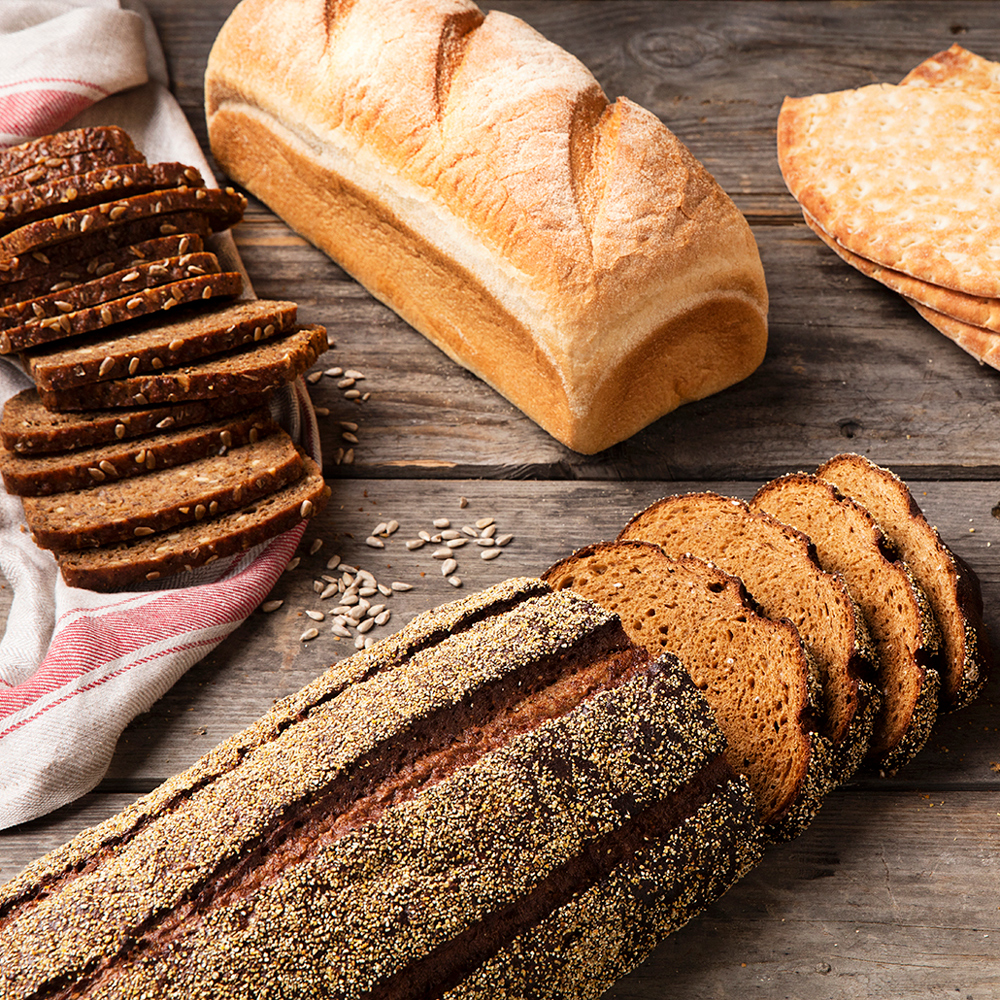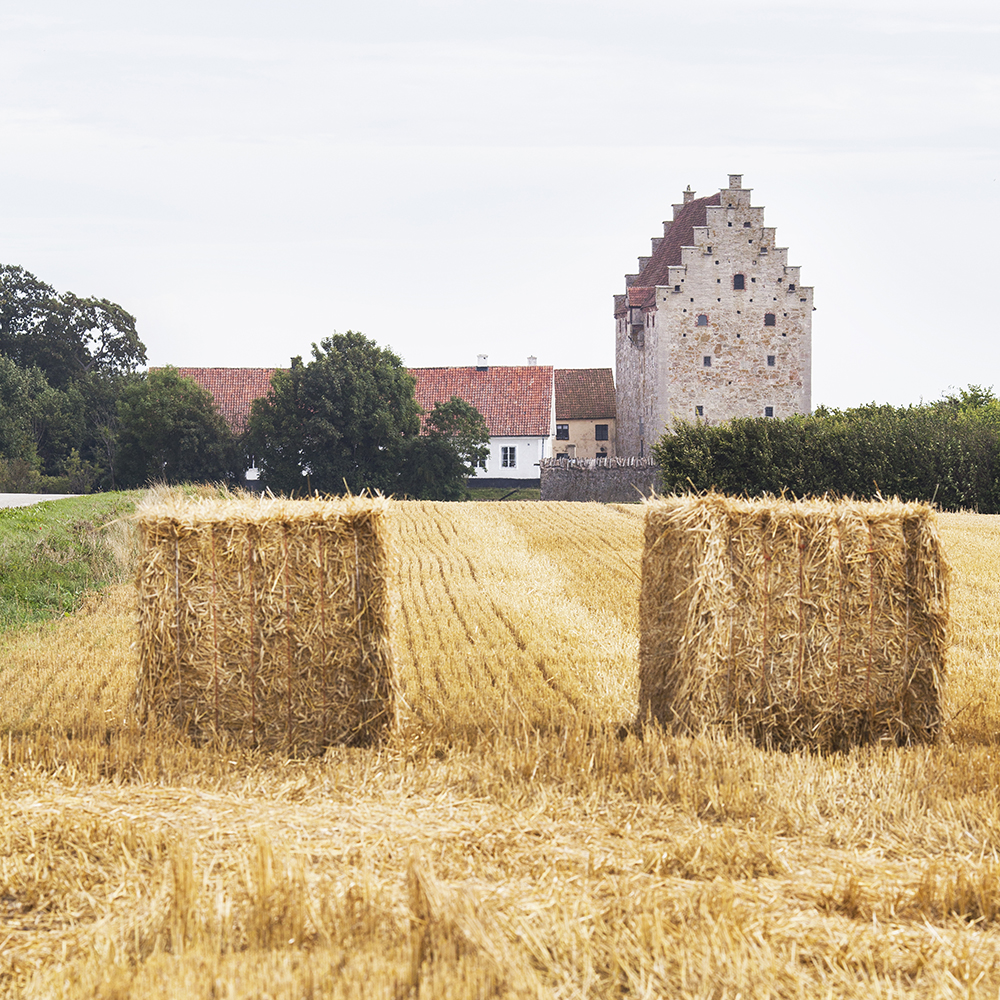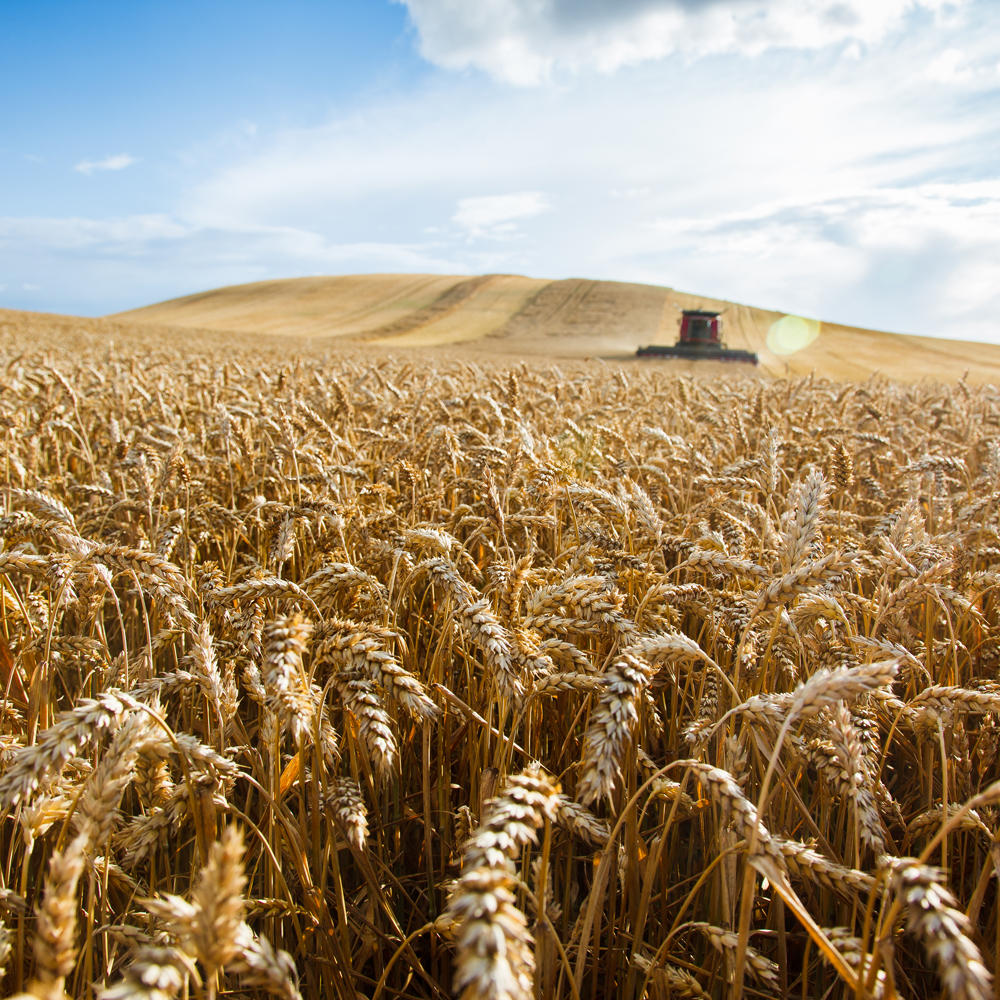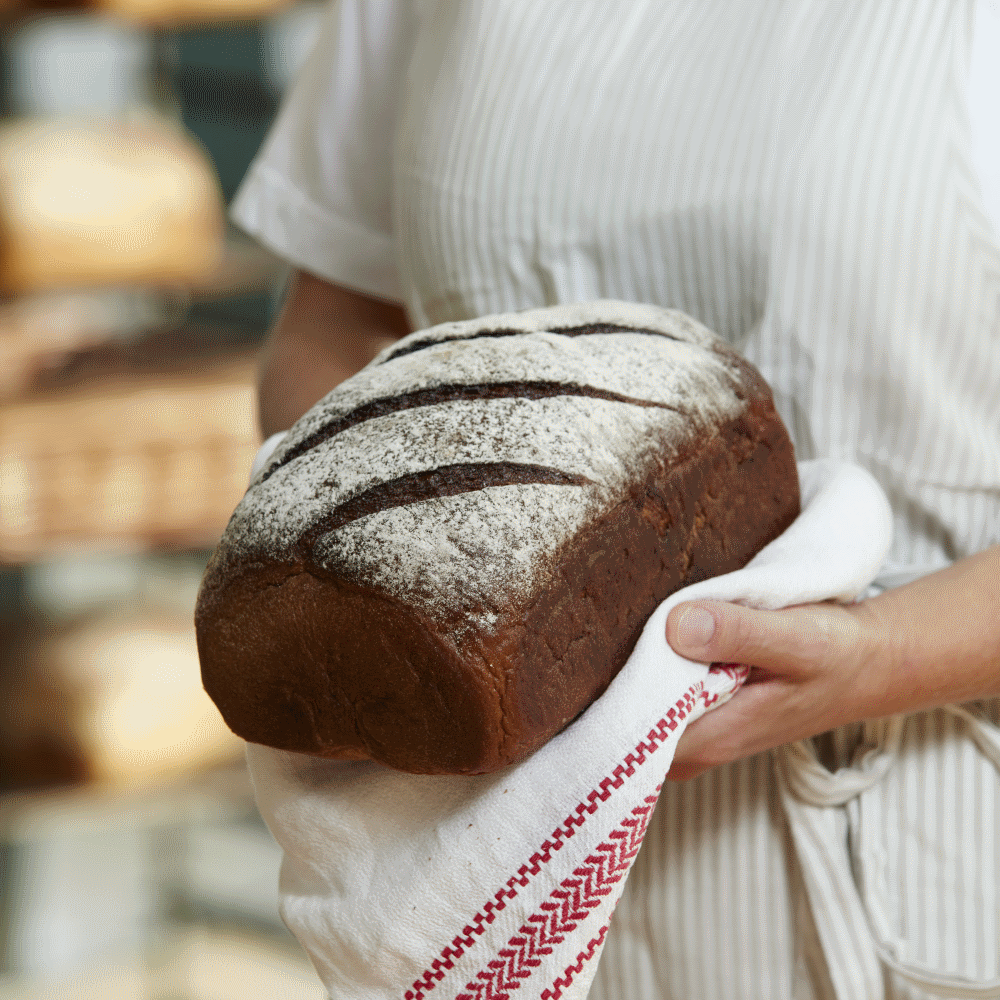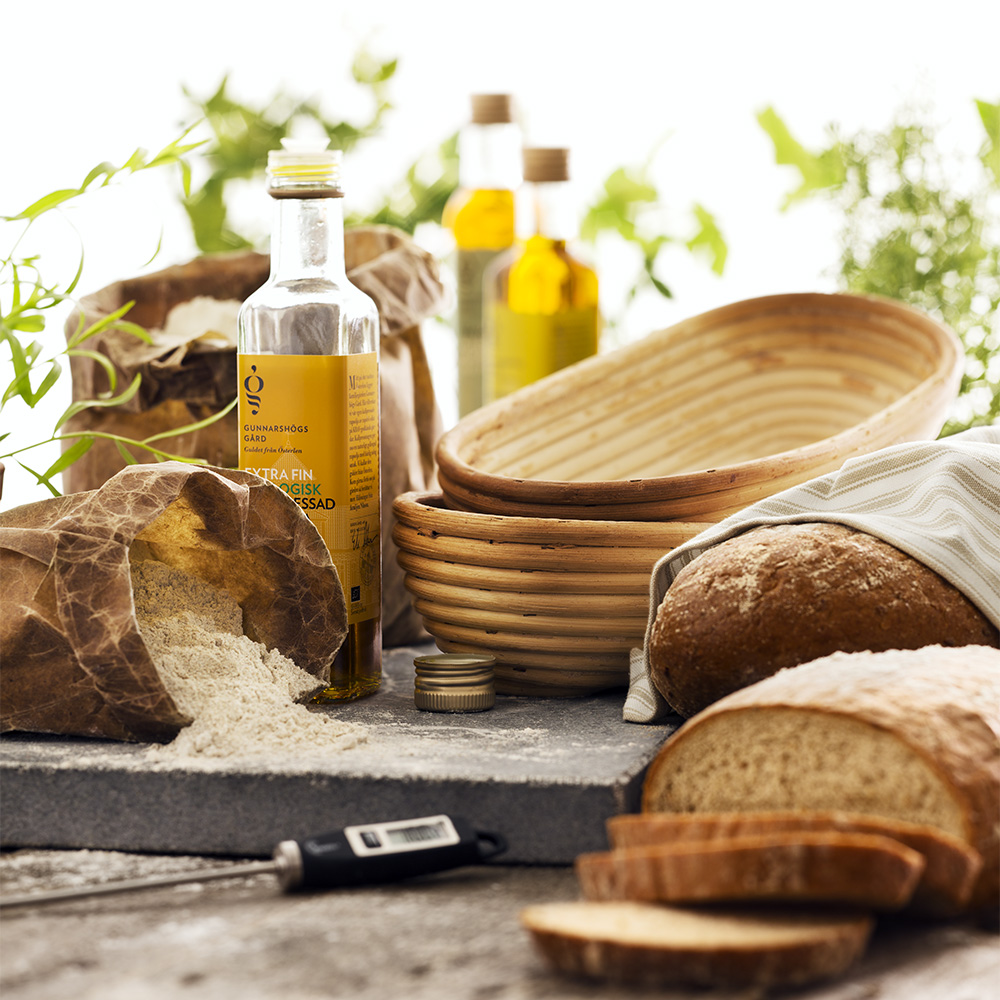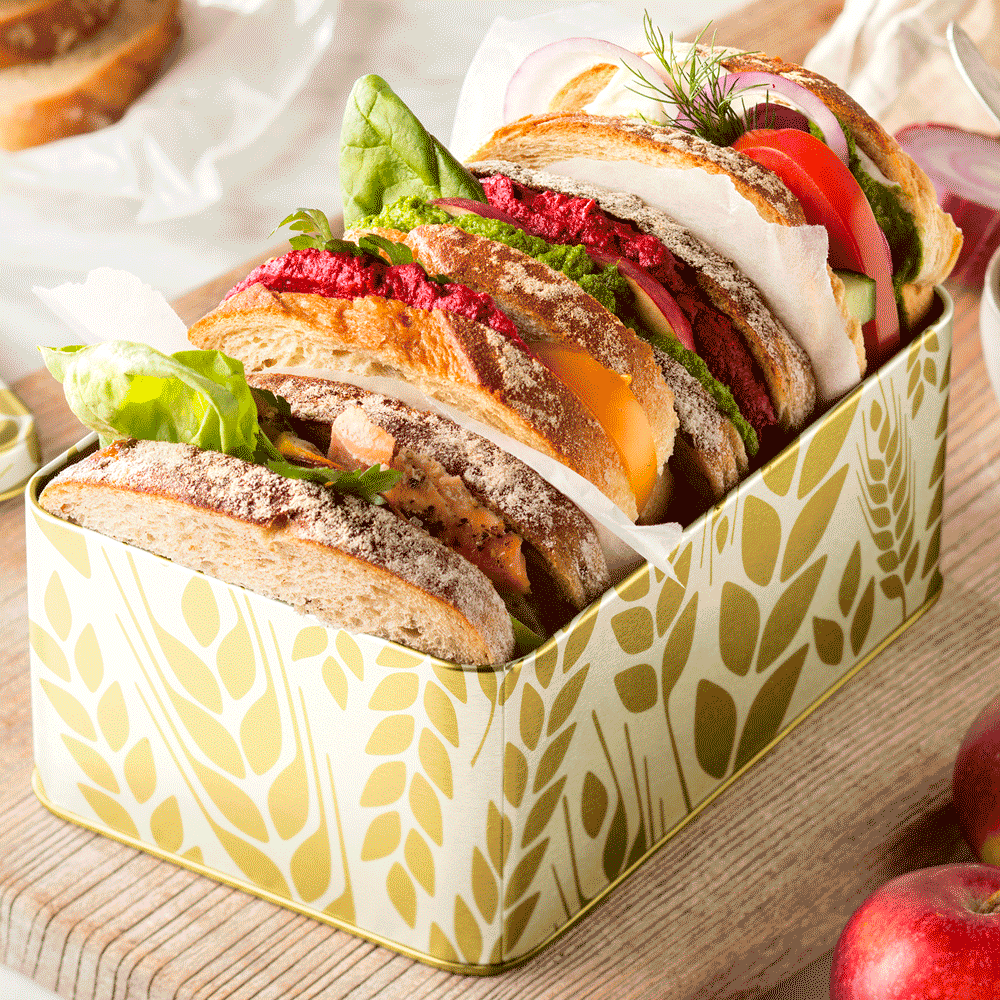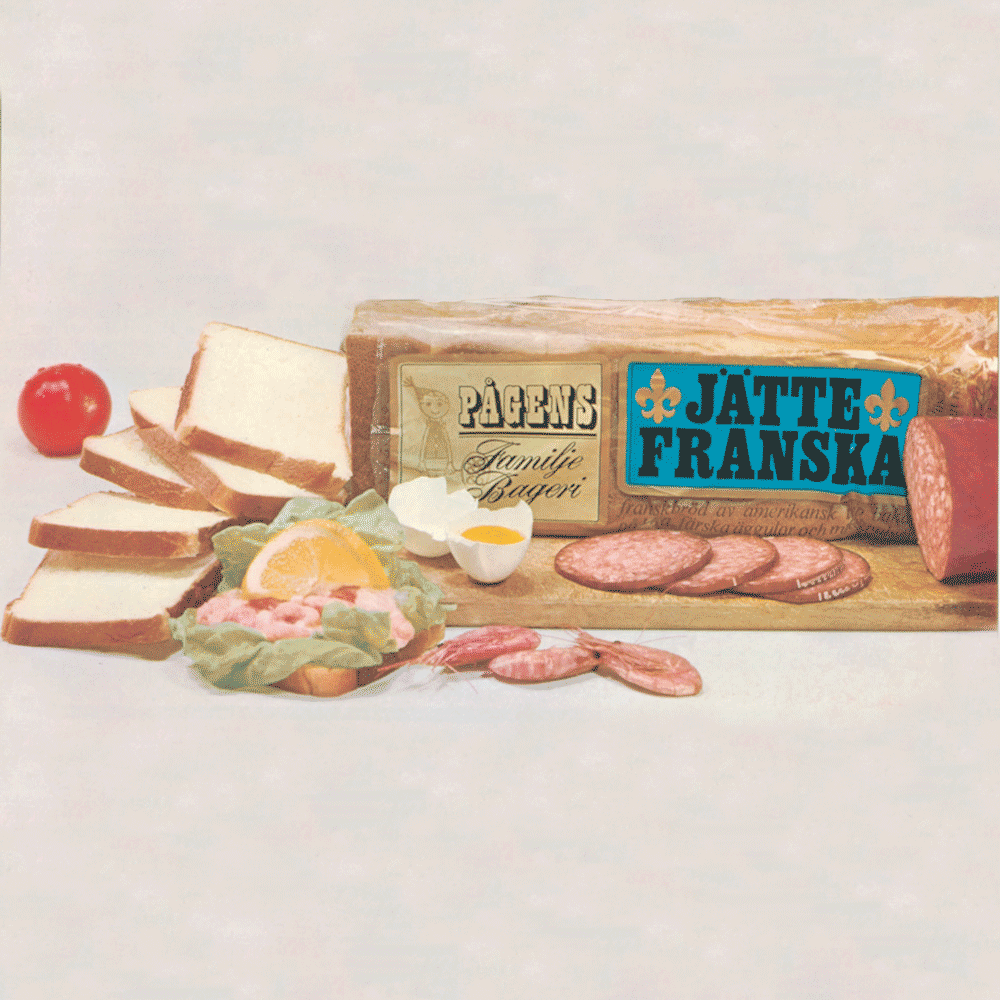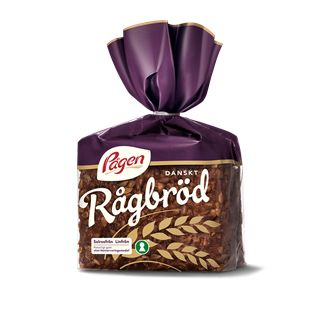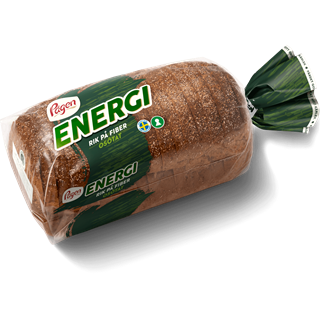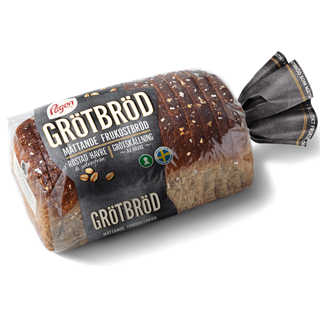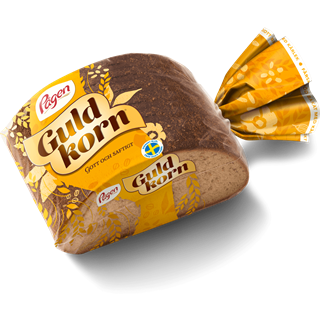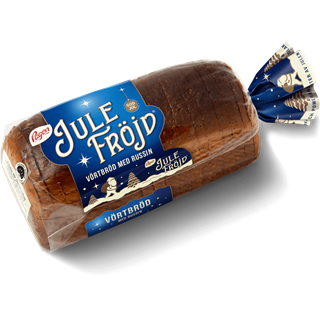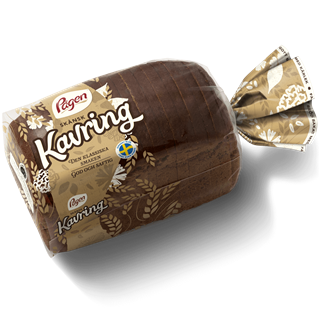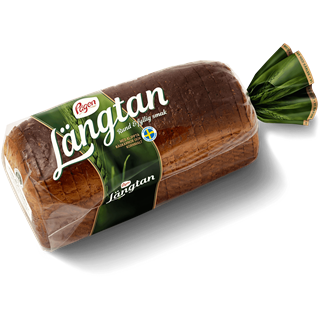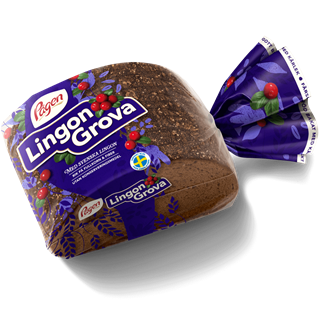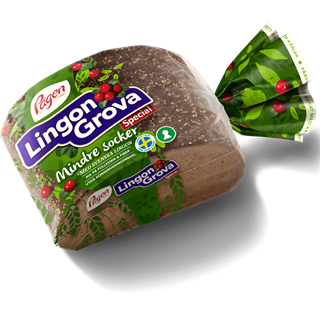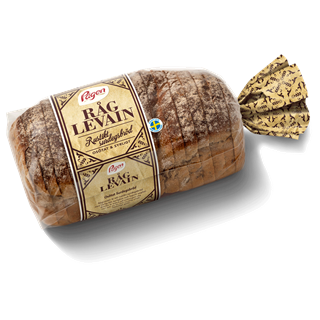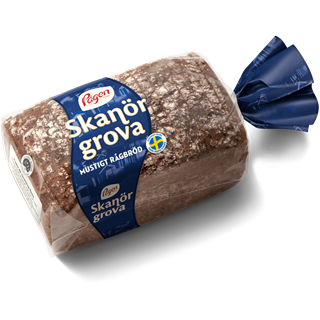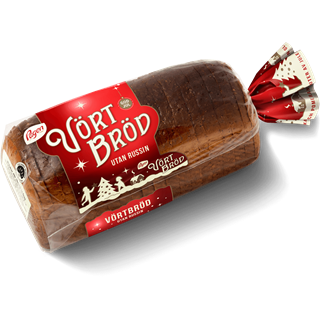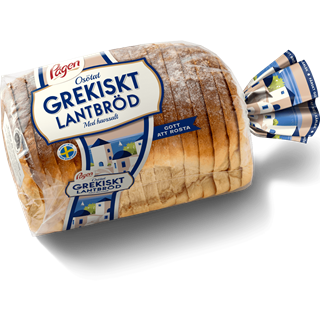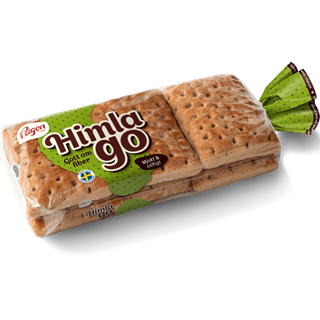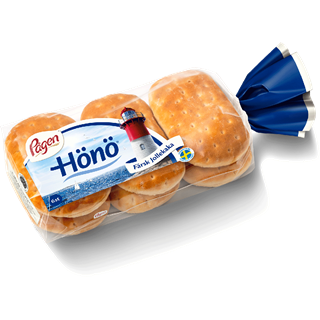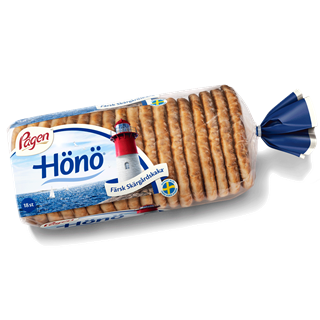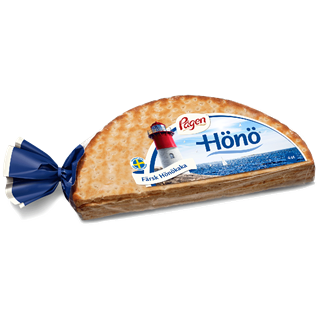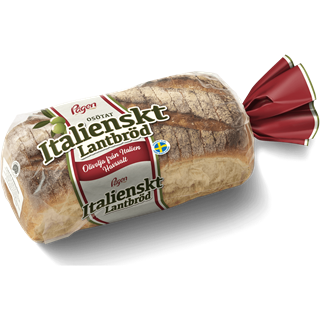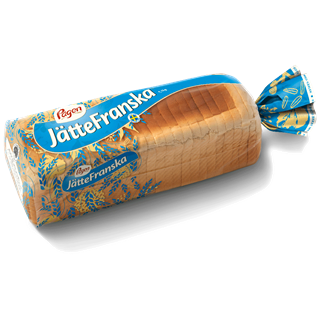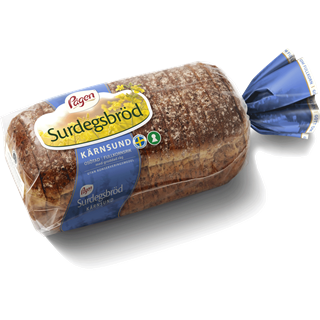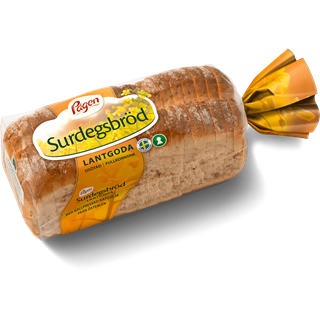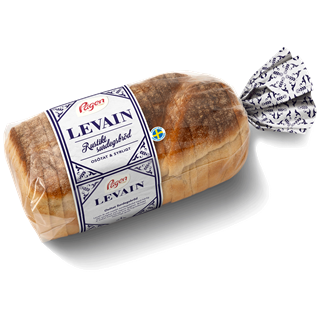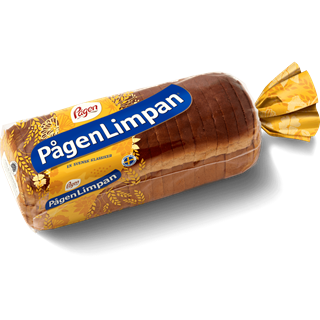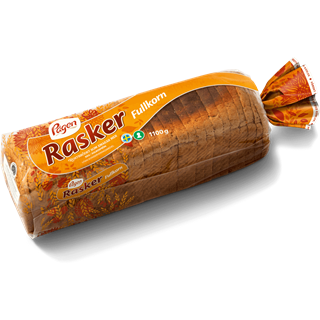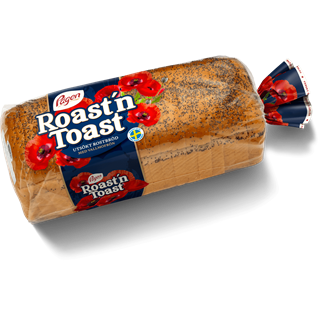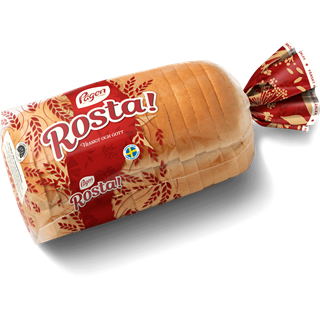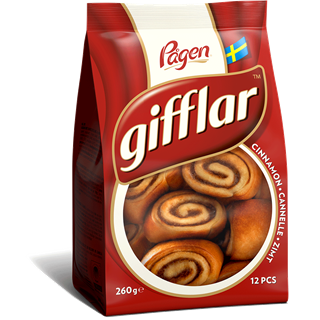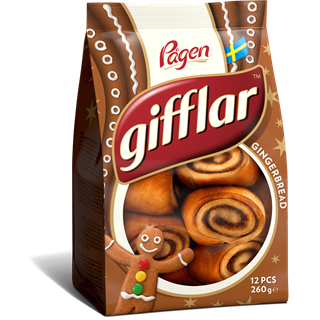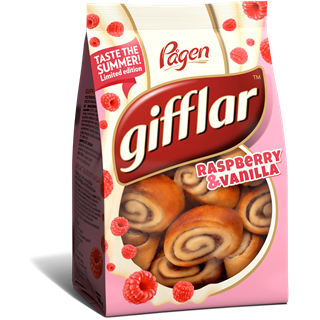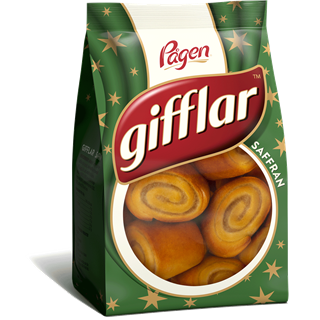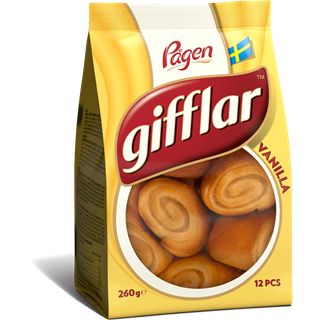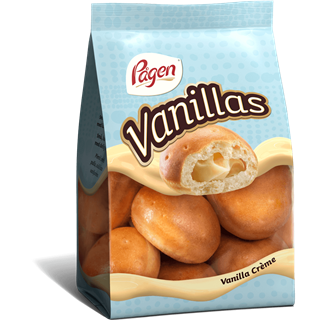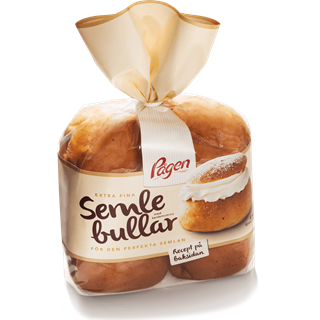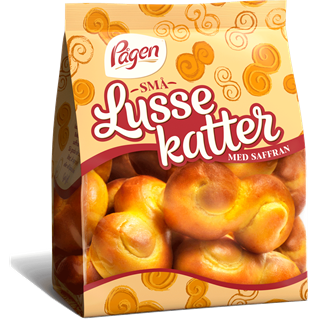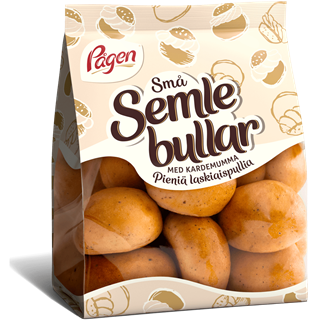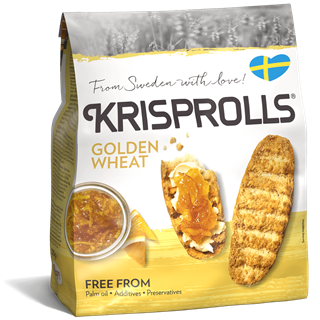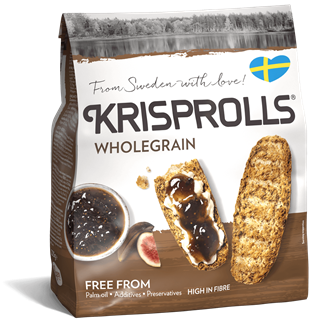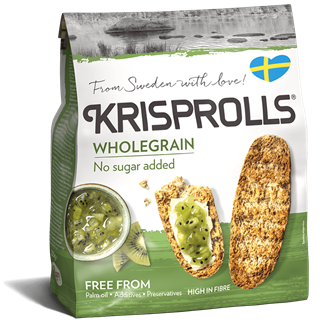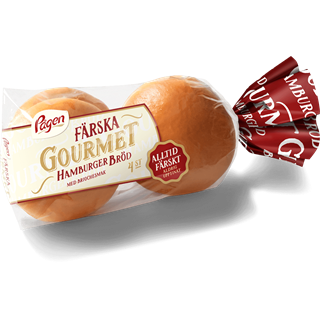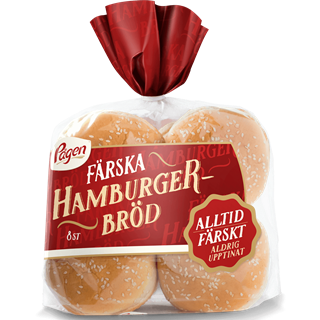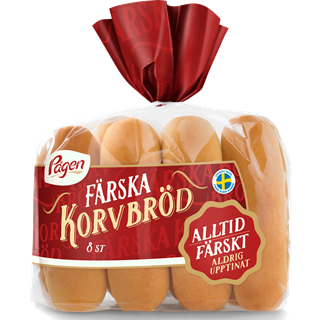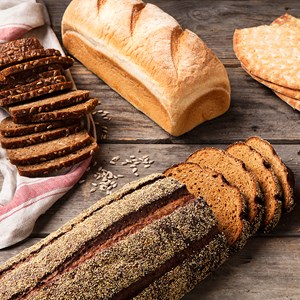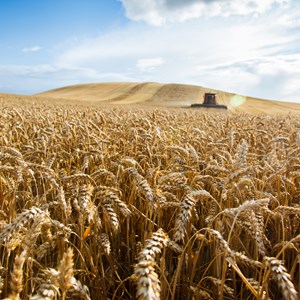Bread and baking
-
Why is Pågen's bread sliced?
Most of our customers want sliced bread because it is easier and quicker to handle in everyday life. Less handling means you reduce the risk of developing mould. A sliced loaf means you can take out just the right amount if you decide to freeze your bread. For us it’s important to provide good service and make your daily life that little bit easier.
-
What is sourdough?
Making sourdough involves mixing wheat and/or rye flour with water into a loose dough, which is then left to rise. Lactic acid, acetic acid and aromatic compounds of natural microorganisms called acid bacteria form in the sourdough.
Baking with sourdough has a number of advantages. The bread is moister, stays fresh for longer, is less crumbly, has a better texture and a richer aroma and acidic taste. The bread is also less sensitive to mould.
-
How long will Pågen’s bread keep?
Giving our bread a long shelf-life is important to us. Mainly because it contributes to reducing the risk of food waste.
Pågen offers bread that stays fresh for long without using preservatives. We are very careful about hygiene in our bakeries to prevent mould spores getting into the bread. No one touches the bread after it comes out of the oven and before it is packed. A lot of our bread is baked with sourdough, which affects shelf-life in a positive way.
The durability of bread depends on how it is baked and with what, how it is stored, the type of packaging used and the temperature at which it is stored. We mark the durability on the packaging by specifying what day it was baked and a best-before-date. In its original packaging and stored at room temperature, our products keep at least to the best before date. If bread is mouldy you should of course not eat it, but often it is thrown away completely unnecessarily.
-
What is the best way to store bread so it stays fresher for longer?
Bread is always best kept at room temperature and in a sealed plastic bag. You shouldn't keep your bread in the fridge, as it ages quicker and the bread goes hard.
